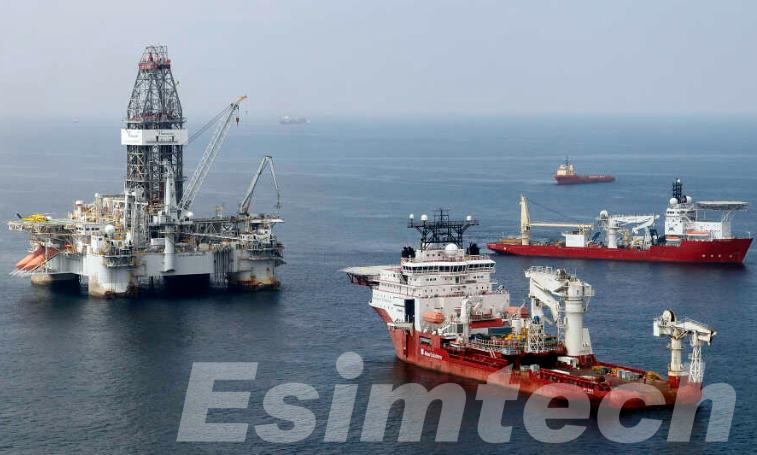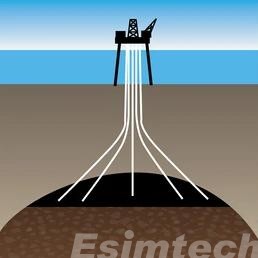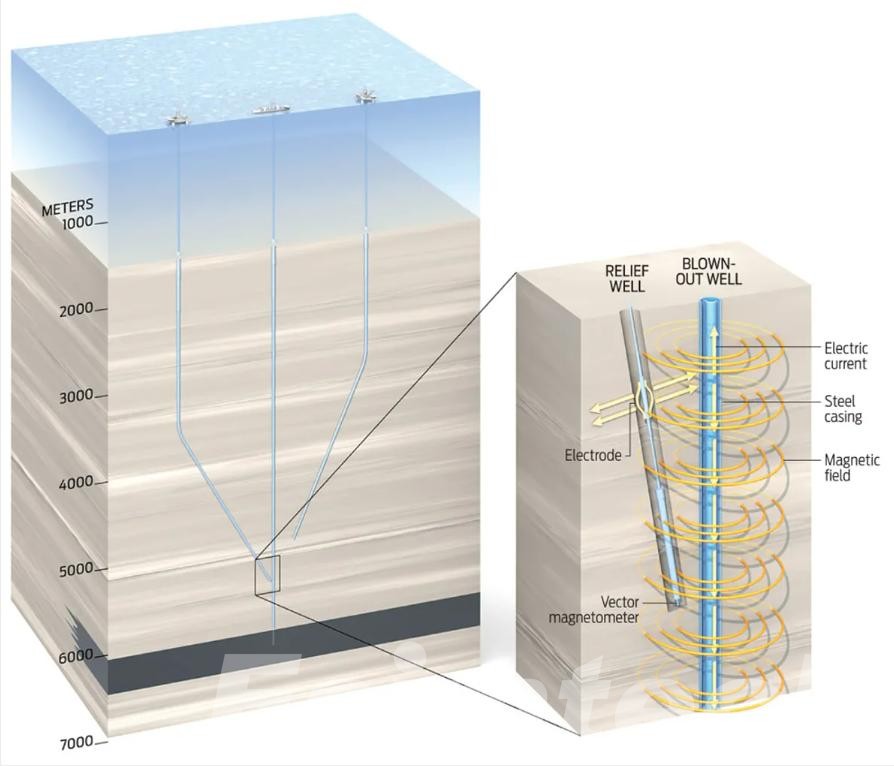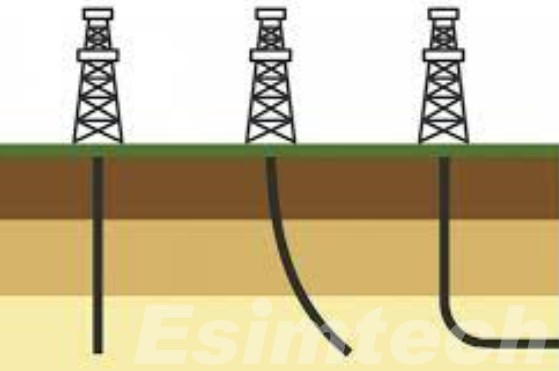Relief Wells in the Oil and Gas Industry
The term “relief well” can bring to mind images of firefighters battling a ferocious blaze. But in the world of resource management and environmental protection, relief wells play a crucial role in containing a different kind of outburst – uncontrolled flows of oil, gas, or water. This article delves into the purpose, operation, and benefits of relief wells in both the oil and gas industry.
What is a Relief Well?

A relief well is a highly technical intervention used in the oil and gas industry to regain control over a well that has experienced a blowout, which is an uncontrolled release of oil or gas. When a blowout occurs, it poses significant risks to personnel, equipment, and the environment. Relief wells are designed to intercept the problematic wellbore at a specific depth, usually below the reservoir that’s causing the blowout. This interception point is strategically chosen based on various factors such as the geological formation, well depth, and the characteristics of the blowout.
Once drilling reaches the desired depth, heavy drilling mud or cement is pumped into the relief well. The mud or cement exerts pressure on the blowout, effectively counteracting the force of the escaping oil or gas and sealing off the flow path. Relief well operations require precise planning, skilled personnel, and advanced drilling equipment. They are considered a last resort in blowout scenarios but are crucial for containing and ultimately stopping the uncontrolled release of hydrocarbons, thereby minimizing environmental damage and ensuring the safety of personnel and assets.
When is a Relief Well Needed?
A relief well represents a last resort, a critical tool brought into play when other efforts to control a well blowout at the surface have proven ineffective. Here’s a deeper dive into the specific scenarios that can trigger the need for a relief well:
1. Failure of Surface Control Measures
The first line of defense against a blowout lies with robust surface control mechanisms like blowout preventers (BOPs). These specialized equipment systems are designed to automatically shut down the well and contain the pressure in case of emergencies. However, even the most sophisticated BOPs can fail due to various reasons:
- Mechanical Failure: BOP components can malfunction due to wear and tear, improper maintenance, or damage sustained during the blowout itself.
- Overwhelming Pressure: In some cases, the sheer force of the escaping oil or gas can overpower the BOPs, rendering them ineffective. This can occur in scenarios with exceptionally high reservoir pressure or wellbore integrity issues.
- Human Error: While rare, human error during BOP operation can also lead to a loss of control.
If the BOPs fail to contain the blowout, and the uncontrolled flow persists, a relief well becomes the next crucial step.
2. Severity of the Blowout
Not all blowouts are created equal. The severity of the uncontrolled flow plays a major role in determining the need for a relief well. Here are some factors that contribute to the severity:
- Volume of Flow: The sheer volume of oil or gas escaping the well significantly impacts the environmental and safety risks. Larger uncontrolled flows pose a greater threat and necessitate a faster response, potentially including the deployment of a relief well.
- Type of Hydrocarbon: The specific type of hydrocarbon escaping the well also influences the decision-making process. Lighter, gaseous hydrocarbons can dissipate more quickly than heavier crude oil, potentially reducing the immediate environmental impact. However, natural gas carries the risk of explosion, making control crucial.
- Environmental Sensitivity: The location of the blowout plays a critical role. If the uncontrolled flow threatens environmentally sensitive areas like wetlands or marine ecosystems, a more aggressive response, including a relief well, becomes necessary to minimize the ecological damage.

3. Geological Challenges
The geological conditions surrounding the well can also influence the decision to deploy a relief well. Here’s how geology can come into play:
- Fractured Formations: Highly fractured rock formations can make surface control efforts more difficult. Fractures can provide escape routes for the oil or gas, bypassing the wellbore and making it challenging to contain the flow at the surface. A relief well, by directly intersecting the flow path within the formation, can offer a more effective solution.
- Subsurface Pressure Variations: In some cases, the pressure within the reservoir can vary significantly across different zones. This can make it challenging to predict the exact location of the uncontrolled flow path. A relief well can provide a more direct and reliable method to reach the source of the problem.
4. Time Considerations
Time is of the essence in a blowout situation. The longer the uncontrolled flow persists, the greater the environmental and safety risks become. While deploying a relief well is a complex undertaking, it can offer a more permanent and effective solution compared to some surface control methods that require ongoing maintenance and may not be a long-term solution.
By carefully evaluating these factors, well control specialists determine if a relief well represents the best course of action to regain control of a blowout and mitigate the associated risks. The decision takes into account the severity of the situation, the effectiveness of surface control methods, and the geological complexities involved.
How Does Relief Well Works?
If a geyser of oil or gas erupting from the well, spewing a potent cocktail of hydrocarbons and contaminants into the air and potentially igniting a ferocious inferno. This is where relief wells step in, orchestrating a meticulously planned and technically demanding intervention to regain control. Let’s delve deeper into the intricate stages of how a relief well works:
1. Planning and Design
The journey begins even before the drill bit touches the ground. A dedicated team of engineers assembles, meticulously analyzing the situation. They gather crucial data, including:
- Geology of the Area: Understanding the rock formations surrounding the wellbore is paramount. Factors like rock strength, presence of faults, and potential pressure variations all influence the drilling strategy.
- Blowout Location: Pinpointing the exact location of the uncontrolled flow within the primary wellbore is crucial for directing the relief well to the most effective interception point.
- Pressure Dynamics: Gauging the pressure within the well is essential for determining the weight and composition of the drilling mud needed to overcome the escaping oil or gas.
Using this data, engineers meticulously chart the course of the relief well. This involves sophisticated software that helps them design a precise, three-dimensional drilling trajectory. The goal is to intersect the primary wellbore at a predetermined depth and angle, ensuring the relief well taps into the flow path without compromising its own integrity.

2. Directional Drilling
Unlike a traditional well drilled straight down, a relief well relies on directional drilling. This specialized technique allows engineers to manipulate the drill path at an angle. The drilling rig used for this operation is equipped with several key components:

- Downhole Motor: This powerful motor replaces the traditional rotary table at the surface, providing the necessary torque to propel the drill bit through the rock at an angle.
- Mud Motors: These mud-powered motors within the drill string can also be used for directional control, particularly in more complex wellbore geometries.
- Measurement While Drilling (MWD): This advanced technology provides real-time data on the drill bit’s location and orientation within the wellbore. This information is crucial for continuously adjusting the drilling trajectory and ensuring the bit stays on course.
Through a coordinated effort between the engineers monitoring the MWD data and the crew operating the drilling rig, the drill bit carves its path through the rock formations, meticulously navigating towards the designated intersection point with the primary wellbore.
3. Intersection and Interception
Once the relief well successfully intersects the primary wellbore, it’s time to take control of the runaway flow. Here’s where the specially formulated heavy drilling mud comes into play. This dense mud is a crucial tool for achieving two primary objectives:
- Pressure Control: The weight of the mud acts as a barrier, exerting immense hydrostatic pressure that helps to overcome the pressure of the escaping oil or gas. This effectively plugs the flow channel within the primary well, stemming the uncontrolled eruption.
- Wellbore Sealing: The mud also functions as a sealant, filling any gaps or fractures within the wellbore that might allow oil or gas to bypass the interception point. This further reinforces the pressure control and prevents any leaks through the primary wellbore.
Pumping the heavy drilling mud is a continuous process, ensuring a constant pressure barrier against the escaping hydrocarbons.
4. Killing the Well
With the flow intercepted and pressure under control, the well can be permanently “killed.” This crucial step involves pumping cement down the relief well. Cement is a much heavier and more permanent solution compared to drilling mud. Once pumped down the relief well and allowed to cure, the cement forms a solid barrier that permanently seals the connection between the two wells. This effectively stops the uncontrolled flow of oil or gas at its source within the primary wellbore.
5. Well Control and Recovery
After successfully killing the well, the focus shifts to regaining control of the primary well. Depending on the extent of the damage, this may involve additional procedures such as:
- Debris Removal: The blowout might have caused debris to accumulate within the wellbore. This debris needs to be removed to restore well integrity.
- Wellbore Integrity Assessment: A comprehensive evaluation of the primary wellbore is conducted to assess any damage caused by the blowout and determine if repairs are necessary.
Conclusion
Relief wells stand as a testament to human ingenuity when faced with unforeseen challenges. While their deployment signifies a critical situation, their success in regaining control of a blowout helps to protect our environment, ensure safety, and potentially recover valuable resources.
